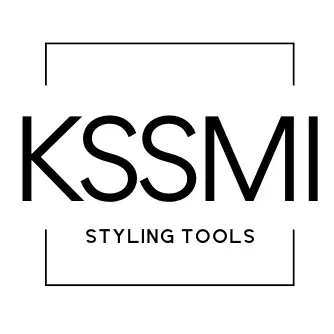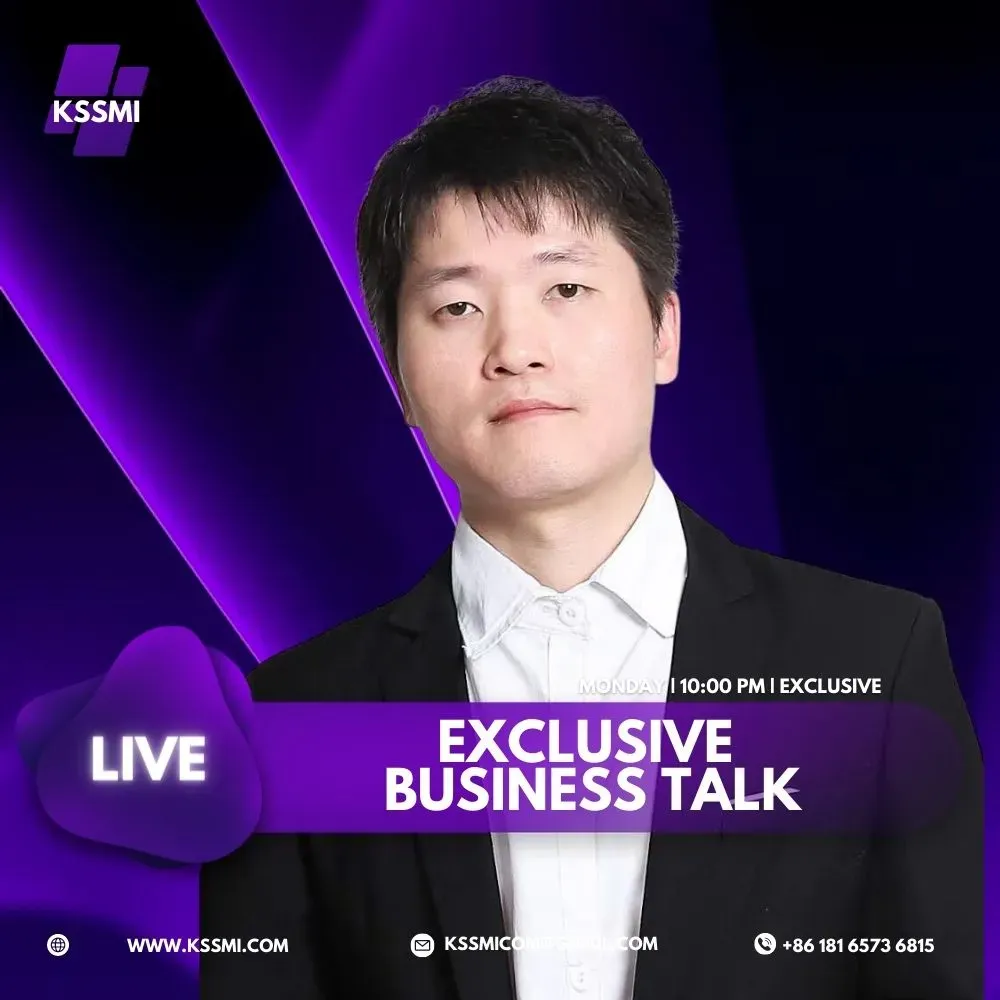I. Introduction to Heat Damage
As you gear up for another styling session, let’s talk heat damage – a term that might be all too familiar. Heat damage occurs when intense heat alters your hair’s proteins, leading to breakage and frizz. Those sleek styles and gorgeous curls could be at risk if your hair dryer’s heat goes unchecked. Common culprits include high temperatures without proper protection, frequent use of heat tools, and not giving your hair a break. But don’t worry, with the right settings, accessories like diffusers, and a cool shot button to seal the cuticle, you can achieve that coiffed look while keeping your locks healthy and smooth. Be mindful, style wisely, and always put the health of your hair first.
II. Hair Dryer Technology and Features
A. Types of hair dryers and their heat profiles
Looking for a hair dryer that suits your specific needs without harming your hair? Let’s explore the types of hair dryers and their heat profiles to help you make an informed decision:
- Traditional Dryers: Good for everyday use, offering various speed and heat settings, but may cause damage over time if heat is too high.
- Ionic Dryers: These dryers emit negative ions, breaking down water molecules for faster drying, reducing frizz, and maintaining moisture.
- Ceramic Dryers: Even heat distribution is the hallmark here, minimizing heat damage while ensuring a gentle drying process, especially for fine hair.
- Tourmaline Dryers: The crème de la crème, combining ionic and ceramic technologies for a quick, frizz-free finish and healthier-looking hair.
B. Technological advancements for damage prevention
When it’s time to invest in a new hair dryer, you want one that brings the best in technology without the risk of damage. Let’s break down the tech that’s setting new standards in hair dryer innovation:
- Adjustable Heat Settings: You can now customize your drying experience to match your hair’s texture and styling needs, minimizing the risk of heat damage.
- Smart Sensors: These clever additions monitor hair moisture levels, adjusting heat output in real time to prevent overheating.
- Negative Ion Emission: This feature combats static and frizz, sealing the hair cuticle and retaining moisture for smoother results.
- Tourmaline Dryers: They combine ionic and infrared heat to deliver a faster drying time while ensuring your hair remains hydrated and healthy.
C. Attachments and their roles
In the world of hair dryers, attachments aren’t just add-ons; they’re your personal toolkit for salon-worthy looks at home. For you with curls, a diffuser is essential. It cradles your natural texture while drying each lock evenly, preventing frizz and promoting definition. If sleekness is your goal, a concentrator nozzle directs airflow for concentrated styling, ideal for straightening or crafting precise styles. And those extended prongs on diffusers? They aren’t just for show. They ensure heat reaches the roots for uniform drying without overcooking your tips. Remember, the right attachment not only protects your hair but also elevates your styling game.
- Diffuser:
- Enhances natural curls and volume
- Reduces frizz by dispersing air evenly
- Gentle drying for curly and wavy hair types
- Concentrator:
- Focuses airflow for precise styling
- Aids in achieving sleek, straight styles
- Perfect for blowouts and smoothing frizz
- Diffusers with Extended Prongs:
- Provides even drying
- Allows heat to penetrate deeper into thick or dense hair
- Helps lift the hair at the roots for added volume
D. The relevance of the cool shot feature
As you style your hair, one key feature to protect it from heat damage is the cool shot button. This nifty tool seals your style and sets your hair, locking in curls and volume without additional heat. Using it after styling not only gives you a frizz-free finish but also helps maintain healthier hair by reducing the chance of breakage and preserving moisture. So, next time you dry your hair, give it that blast of cool air for a salon-fresh look that lasts all day.
III. Hair Care Tips to Prevent Heat Damage
A. Pre-drying hair care
Starting your hair drying routine with the right steps is essential to protect your locks from heat damage. Here’s a brief guide to begin:
- Damp Hair: Always start with damp hair, not soaking wet, to prevent over-drying and to cut down on your hair’s exposure to heat.
- Detangle Gently: Use a wide-tooth comb or a detangling brush to gently smooth out knots. This minimizes breakage when you apply the heat.
B. Application of Heat protectant
Before you turn up the heat, it’s key to shield your hair. Heat protectants work by forming a protective barrier over the cuticle on the hair shaft, which helps to prevent moisture loss and heat damage. When choosing the right product, consider your hair type—whether it’s fine, thick, curly, or straight.
Products can be found in various forms such as sprays, serums, and creams. A rule of thumb is to select a product with conditioning properties if you have dry or fine hair to add moisture, and if you have thick or coarse hair, go for a silicone-based protectant to seal in the smoothness. Make this step a staple in your routine to maintain healthier, more vibrant locks.
IV. Effective Hair Drying Techniques
When it comes to drying your hair, technique matters as much as technology for protecting your locks from heat damage. Here’s a concise guide on how to nail the perfect blow-dry:
- Sectioning Hair: Split your hair into sections. Smaller sections allow for quicker drying and reduce the heat exposure to each strand.
- Distance and Angle: Keep your dryer at least six inches away from your hair and move it continuously to avoid concentrated heat in one area.
- Using a Round Brush: Introduce a round brush when drying to lift your hair at the roots and add that desired volume.
- Curly Hair Drying: For curly hair, a diffuser is essential to distribute the heat evenly, preventing frizz and keeping your curls intact.
Mastering these techniques will ensure your hair remains healthy, shiny, and free from heat-induced stress, giving you smooth and bouncy hair every time.
V. Aftercare and Hair Maintenance
After you’ve finished drying your hair, don’t just rush off – the aftercare you give is just as important. Cool down your locks with your hair dryer’s cool shot button to seal the cuticle and add a bit of shine. Treat your hair with hydrating products that replenish moisture and essential nutrients, keeping it robust and silky. And don’t forget, regular trims are your best defense against split ends. Adopt a hair maintenance routine that includes these steps to keep your hair looking healthy, fresh, and always ready to style.
- Use the cool shot button on your dryer to seal hair cuticles post-drying.
- Apply moisturizing products to replenish hair’s natural moisture and nutrients.
- Schedule routine trims to prevent and manage split ends effectively.
VI. Understanding Hair Types and Customized Heat Settings
When selecting the perfect heat setting on your hair dryer, consider your hair’s texture and sensitivity. Coarse or thick hair can handle more heat, while fine or damaged strands require a gentler approach. Use lower temperatures to protect delicate hair types from damage, and reserve higher settings for robust textures that need more power to dry effectively. Always pay attention to how your hair responds to heat to maintain its health and lustre.
- Fine Hair: Stick to low heat settings to prevent damage.
- Thick Hair: Can withstand higher heat for efficient drying.
- Damaged Hair: Requires gentle heat to avoid further harm.
- Curly or Coarse Hair: Benefits from medium to high heat with a diffuser attachment for even distribution.
VII. Hair Dryer Usage Frequency and Hair Health
A. The correlation between frequent heat styling and damage
Mind how often you use your hair dryer, as frequent heat styling has a direct correlation with hair damage. Overuse can lead to dryness, breakage, and reduced shine. Give your hair some downtime and consider air-drying occasionally to maintain its health and vitality.
B. Strategies to limit hair dryer usage
Opt for protective hairstyles that minimize the need for heat, and use dry shampoo to freshen up your locks between washes. When you reach for a hair dryer, choose a BLDC high-speed hair dryer, which offers efficient drying without excessive heat exposure. And remember, rocking protective styles can also reduce the frequency of your drying sessions, keeping your hair’s health front and center.
C. Alternatives to heat styling
For those days when you want to give your hair a break from heat styling, consider alternatives like air-drying, which is gentle on your strands and enhances natural texture. Embrace your inherent style with braids or twists that shape your hair as it dries. If you’re looking for a smoother finish, opt for wrapping your hair in a silk scarf overnight. These techniques protect against heat damage, maintaining your hair’s health and vibrancy.
VIII. Recognizing Hair Dryer Red Flags
A. Signs of a malfunctioning hair dryer
Keep an eye out for these red flags that could signal your hair dryer is malfunctioning:
- Unusual Noises: Grinding or rattling sounds could indicate a problem with the motor or internal components.
- Burning Smell: If you detect a burnt odor, it’s a sure sign that something’s wrong.
- Inconsistent Airflow: If the airflow is weaker or comes in bursts, the dryer may be clogged or damaged.
- Overheating: If the dryer becomes too hot to handle or turns off unexpectedly, the safety features may be compromised.
- Power Issues: Frequent plug trips or failure to start are indicators of electrical problems.
B. When to replace a hair dryer
It’s essential to know when to replace a hair dryer before it becomes a hazard or damages your hair. Consider a new one if:
- Your dryer’s age is affecting its performance; most have a lifespan of around 600-800 hours of use.
- You notice a burning smell or any unusual noises, which are telltale signs it’s time for a replacement.
- It starts overheating more often, which could potentially burn your hair or harm your scalp.
- Power starts to fluctuate, and the dryer turns off intermittently, indicating potential electrical issues.
In essence, stay safe and get the perfect blowout by updating your hair care tools.
IX. Conclusion: Balancing Style and Hair Health
Wrapping up our guide to heat damage prevention, remember that maintaining hair health is paramount. Revisit our strategies regularly: use moderate heat settings, never skip the heat protectant, and choose dryers with advanced technology. Take a proactive stance with these habits to ensure you can stylishly set your hair without sacrificing its well-being. Here’s to achieving that balance—where style meets healthy hair care practices, keeping your locks luscious and radiant!


